Zendaya‘s stylist Law Roach has been maintaining a blacklist for major fashion houses, making them off-limits due to past rejections, notably Chanel, Saint Laurent, Dior, and Gucci, while only Valentino made amends, marking a big mistake for those who turned her down.
Last week (May 9), Law appeared on The Cutting Room Floor podcast hosted by designer, Recho Omondi.
On the episode, the 45-year-old stylist revealed that Zendaya never wore Chanel, Saint Laurent, Dior, or Gucci to fashion festivities, movie premieres, and other red-carpet events.
Law, who’s been dressing the Euphoria star since she was only 14 years old, explained that early in her career, he’d try to get big designers to work with her, as per TMZ.
Zendaya’s stylist, Law Roach, maintained a blacklist of major fashion houses
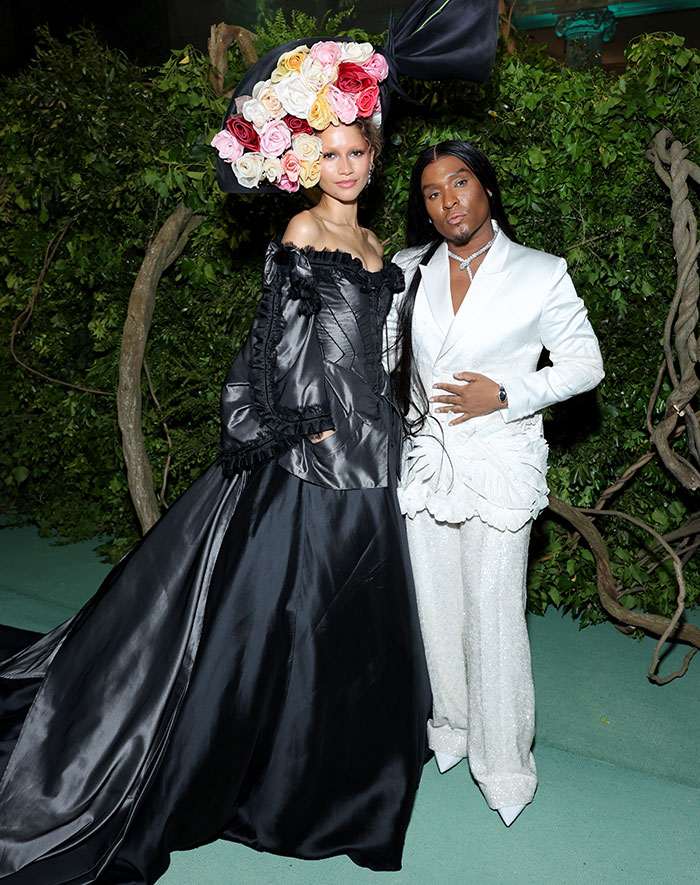
Image credits: Cindy Ord/MG24/Getty Images
He said: “I would write [to] the big five… and they would all say no. Try again next year. She’s too green. She’s not on our calendar.
The fashion expert clarified that he was referring to Chanel, Saint Laurent, Dior, Gucci, and Valentino.
“I still have the receipts,” Law said, as per The Hollywood Reporter, adding that the brands’ initial reluctance meant he continued to steer clear of them. “By the time she got to [the cover of] American Vogue [in 2017], she still had never worn any of those designers. She still hasn’t.”
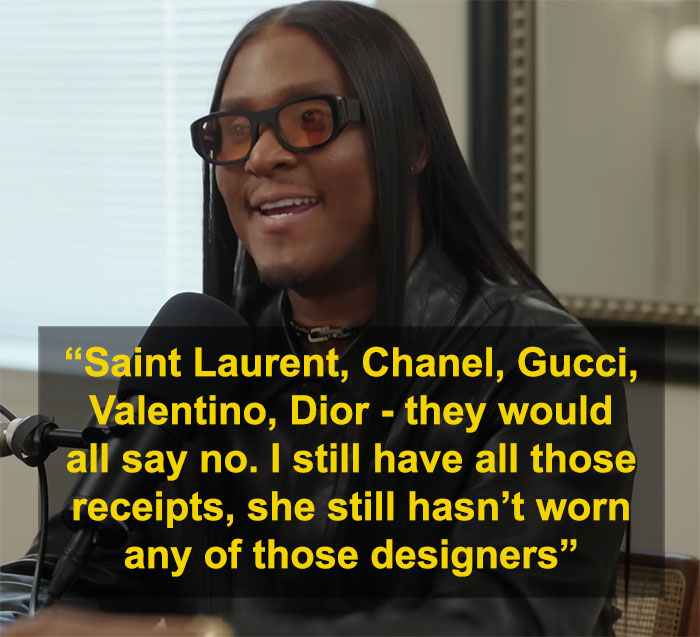
Image credits: The Cutting Room Floor
Law admitted that only Valentino was crossed out of his “s**t list” because the Italian fashion house eventually did a full campaign around Zendaya.
“The first time she wore Valentino in public is when she had a contract,” the former Legendary judge explained, before adding: “When I said, ‘If you say no, it’ll be a no forever,’ that rang true for a long, long time.”
In a segment of the podcast episode that was shared on YouTube, Law recalled the moment Zendaya stepped into the Dune: Part Two movie premiere in her iconic archival Mugler robot suit that first graced the runway at Paris Fashion Week in 1995.
Law tried to secure collaborations with Chanel, Saint Laurent, Dior, Gucci, and Valentino, who repeatedly rejected Zendaya
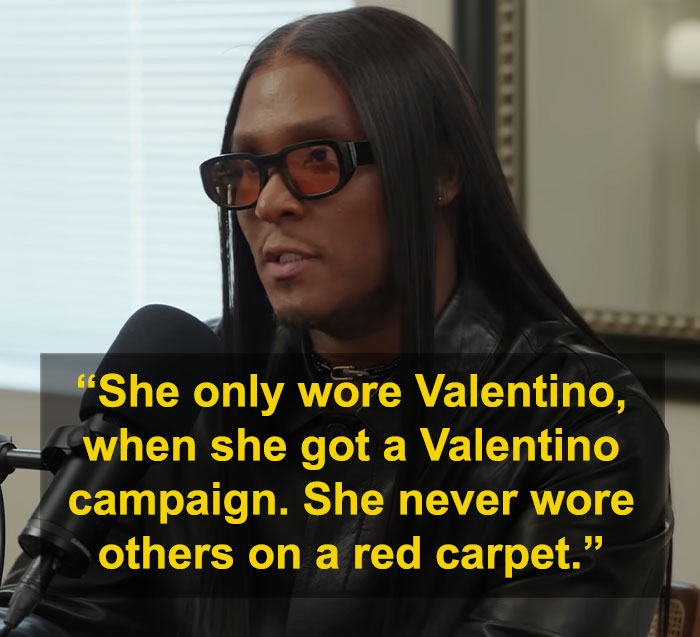
Image credits: The Cutting Room Floor
“We share references all the time on Instagram,” Law recounted, before explaining that both him and the starlet had bookmarked the Mugler look.
The stylist revealed that Zendaya was usually the one paying attention to the smaller details while he would be the one to dream up “big ideas”, so when the 27-year-old actress suggested the robot suit for the Dune 2 movie premiere, which hadn’t been filmed yet, Law took it as a sign.
But when Thierry Mugler died on January 23, 2022, Law lost hope his muse would get to wear the famous suit, “because he was the one that made the decision on who can wear the archive.”
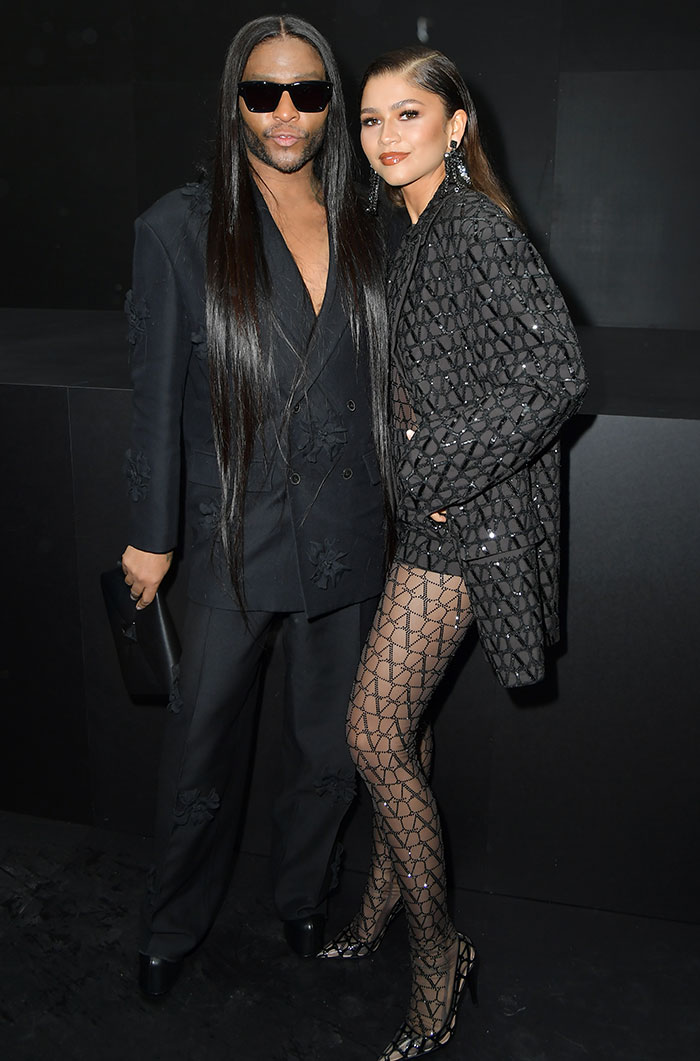
Image credits: Dominique Charriau/WireImage
Nevertheless, Law flew to Paris with Zendaya to meet with Casey Cadwallader, the Creative Director of Mugler, where he first told the pair: “It probably won’t fit.”
Zendaya and Law flew a second time for a fitting, where it was then revealed that the costume perfectly fit the actress.
“He put the shoe on and that was like Cinderella,” the fashionista said, before adding: “When the breastplate came on, so it was like the front, the back, it was like a skeleton really, I did cry, I did start to cry, it was unbelievable.”
Only Valentino made amends, as revealed on a recent podcast appearance
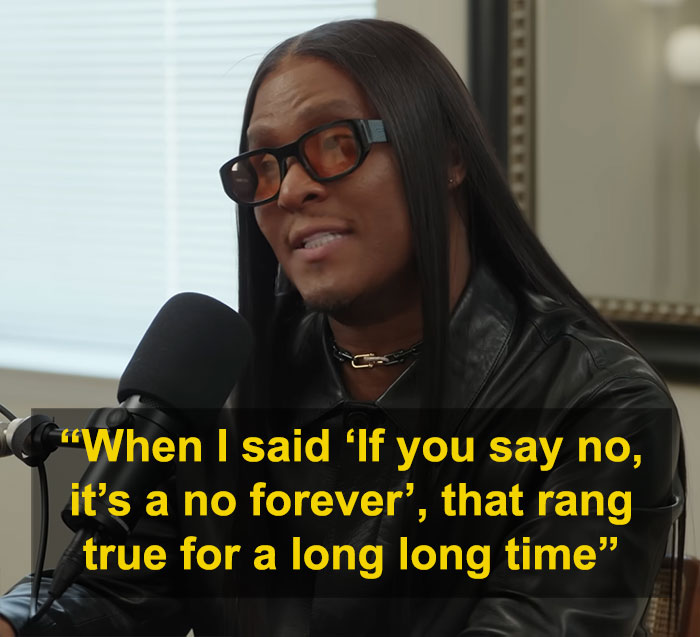
Image credits: The Cutting Room Floor
In addition to his work with Zendaya, Law is best known for styling Céline Dion and Anya Taylor-Joy.
In an interview with The Cut which was published on March 17, 2023, law announced that he was retiring, but “not retiring from fashion, because I love it so much. But styling, in the way that I’ve been of service to other people, I’m retiring from that.”
@tcrfff 🎙️S5 EP11: @Luxury Law #fashionpodcast ♬ original sound – The Cutting Room FloorHe revealed: “I think the real reason is that it’s been building for a while because, you know, I looked up one day and honestly realized that I’m not happy.”
Law went on to discuss the challenges he faced in the industry, including “false narratives perpetuated by gatekeepers and intermediaries.”
He expressed frustration at the loss of clients due to these aforementioned narratives, which “are often untrue.”
“I pray to always have a Law Roach in my corner,” a reader commented


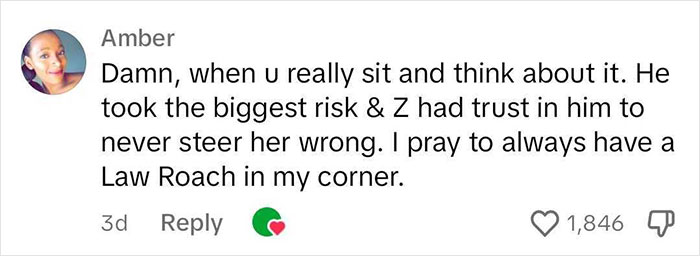













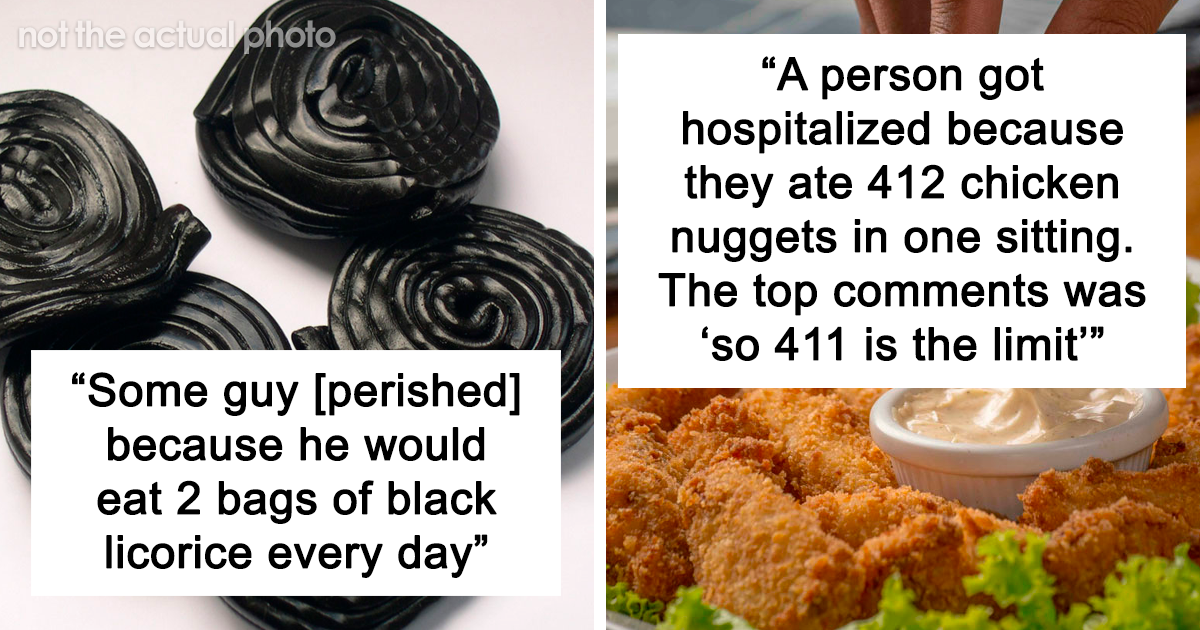






 English (US) ·
English (US) ·